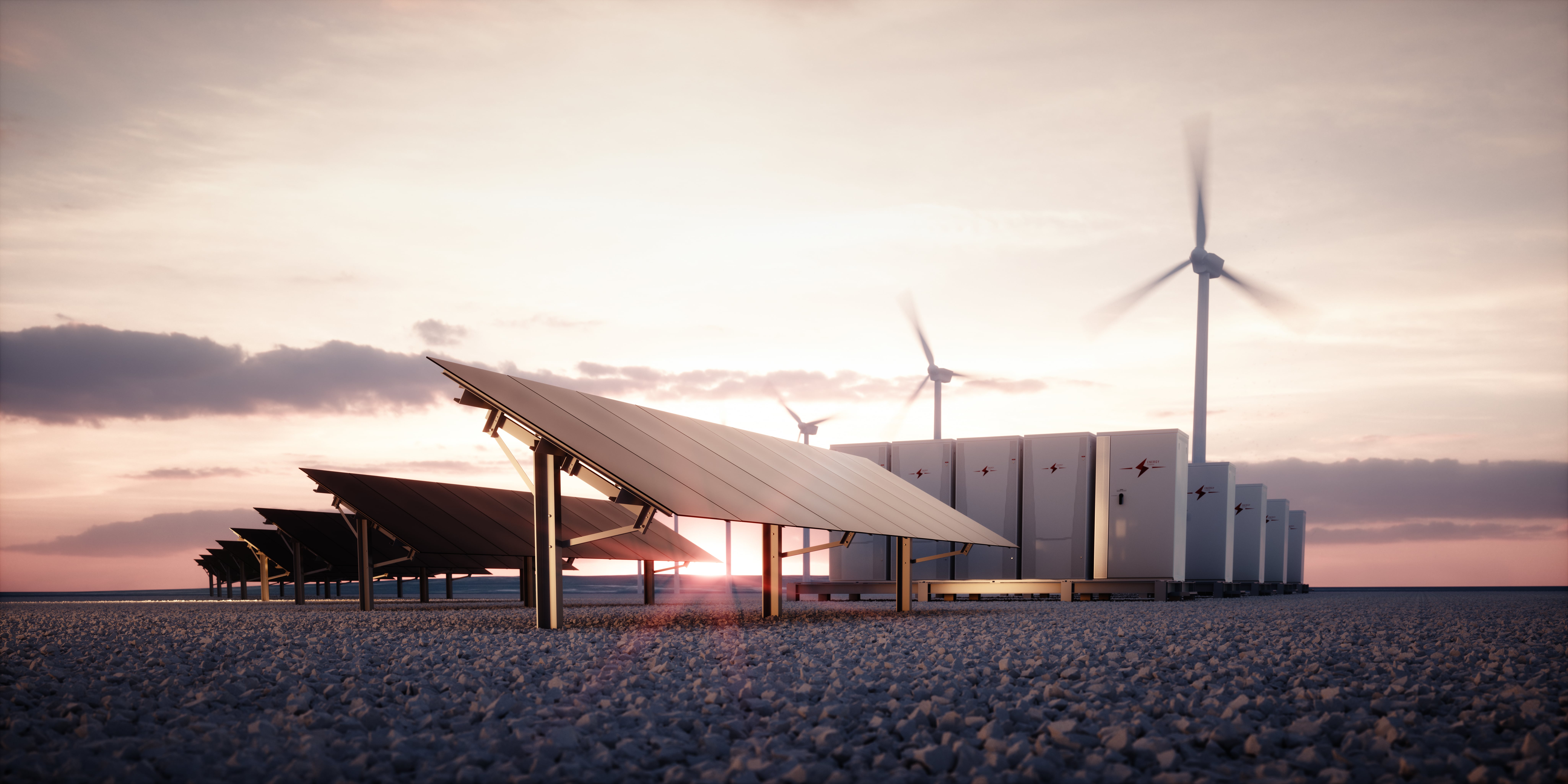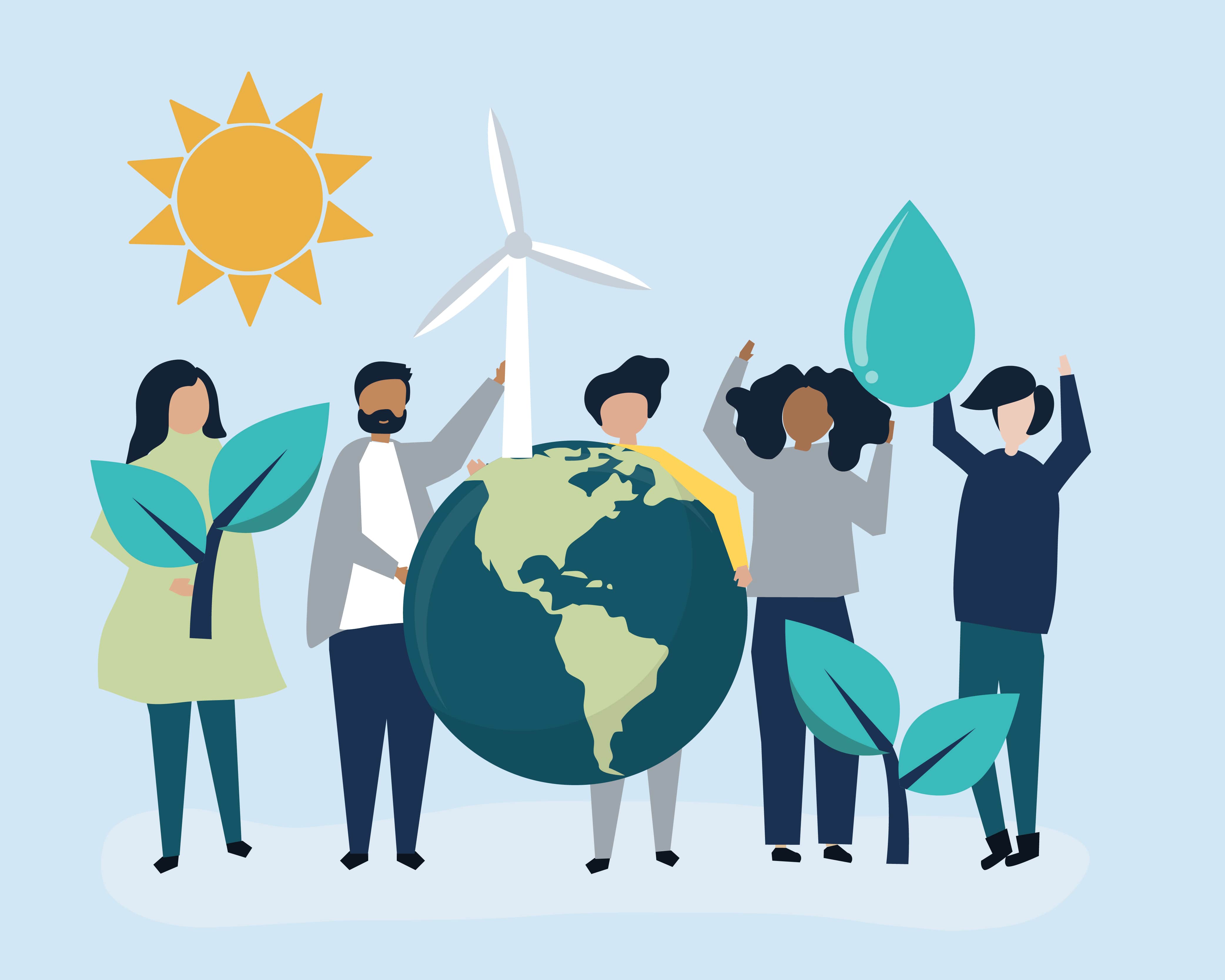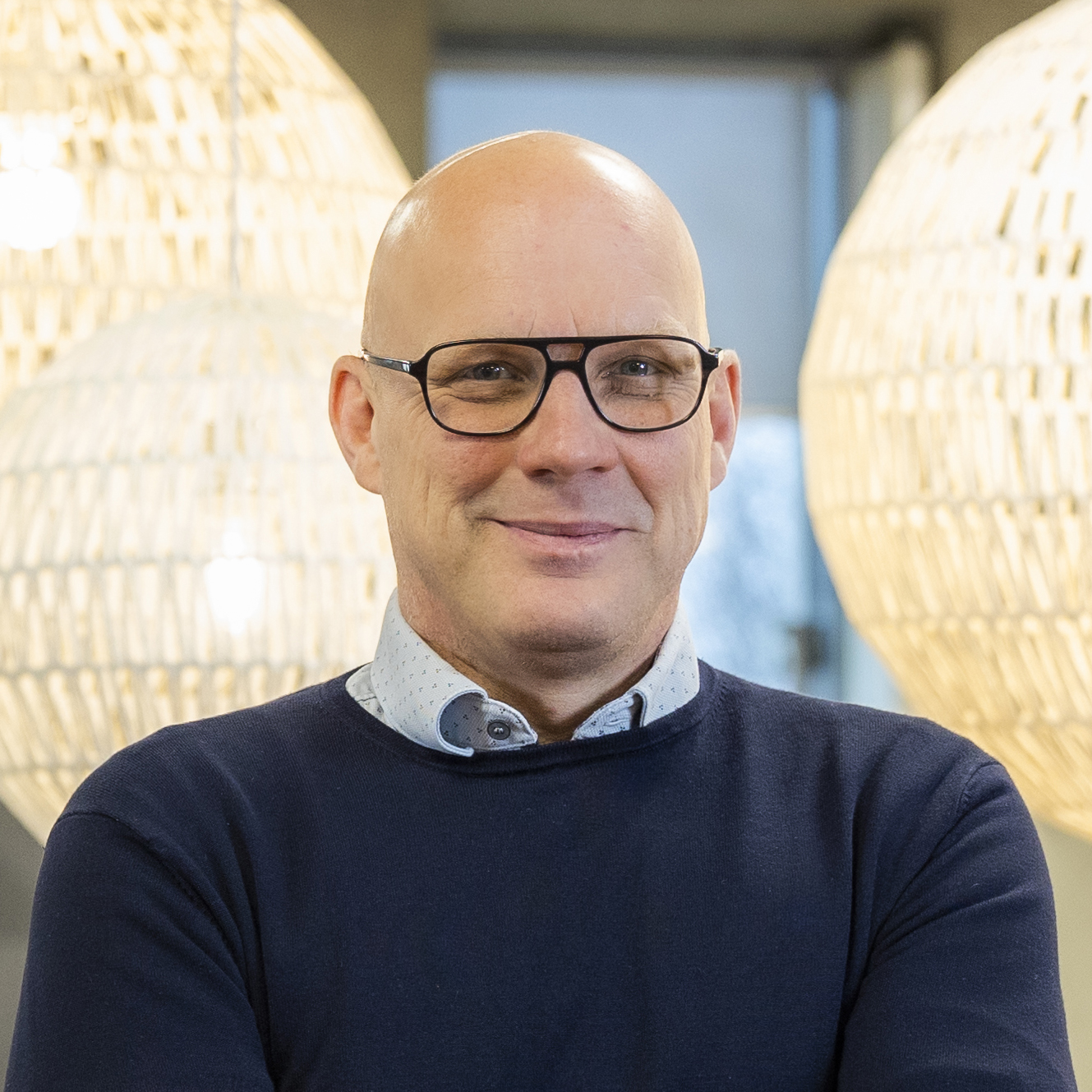
News
TROEF shows that collaborating in energy communities pays off.
- 3 March 2021
Bunnik, 3 March 2021 - TROEF, the consortium of ten leading Dutch companies and institutions that is aiming to accelerate the energy transition in the Netherlands, has started setting up energy communities. The objective is to improve the return on energy measures from participants in these communities and provide them with insight into renewable energy sources. In various living labs, TROEF has demonstrated that collaborating in energy communities pays off. An important incentive for the parties involved is the MOOI subsidy the Netherlands Enterprise Agency recently granted TROEF.
TROEF has developed an energy ecosystem in which sustainable energy can be exchanged transparently and optimally between buildings and areas, resulting in the lowest possible CO2 emissions. To connect various ‘smart islands’, TROEF intends to draw on the possibilities of the ‘Internet of Energy’, which constitutes an integral part of the foundations for the energy system of the future. Making smart use of available data and knowledge on buildings will enable building owners to purchase their power themselves and trade carbon credit with other buildings. This aligns with TROEF’s ambition to minimise costs for building owners and improve the return on sustainable investments. TROEF’s tangible targets include improving the return on sustainable measures by thirty per cent, cutting energy costs by twenty per cent, and reducing the investment needs of the energy network by thirty per cent. The ultimate goal is to achieve built environments which have been built in a demonstrably carbon neutral way.

Large-scale energy communities
TROEF focusses on the development of large-scale energy communities in the firm belief that the key to achieving the aims set in the climate agreement lies in collaboration. A living lab was set up for several of BAM’s offices in Bunnik.
This lab has demonstrated that energy and system optimisations can be implemented at a building-specific level and that these lead to a decreased carbon footprint. Moreover, active participation by users was shown to result in an increased return on energy use. These initial findings are consistent with TROEF’s objectives, which are, the optimal use of energy in a healthy building, the creation of transparency about energy sources and the lowering of thresholds for users to benefit from sharing energy.
Netherlands Enterprise Agency subsidy
The Netherlands Enterprise Agency (Rijksdienst voor Ondernemend Nederland, RVO) recently granted TROEF a MOOI subsidy of €4.1 million. This represents an important incentive for the consortium’s ten participants As TROEF Programme Manager, Dennis van Goch explains, ‘The Netherlands Enterprise Agency’s decision to support us confirms our ambition, vision and mission to make the Netherlands Paris proof. Above all, we are proud to join forces with those parties that can make a difference. Active buildings and involved energy communities are the keys to reaching a healthy and sustainable built environment.’
TROEF profile
TROEF stands for Transparent Reduction of CO2 and Optimisation of Energy in an Ecosystem of Flexibility. The project was established with the ambition of creating CO2 neutral energy communities. We intend to accomplish this using a new, integrated approach in which we reward users for active participation in the energy community, based on innovative datadriven services. By doing so we will achieve a demonstrably lower footprint, reduce the costs of the energy transition and contribute to the development of the Internet of Energy. The TROEF partners are working to set up innovative pilots connect customers and scale up solutions. TROEF comprises of AM, Royal BAM Group nv, ENTRNCE International, KPN, OrangeNXT, Stedin Netbeheer, University of Applied Sciences Utrecht, NEN, Eindhoven University of Technology and Tymlez.
